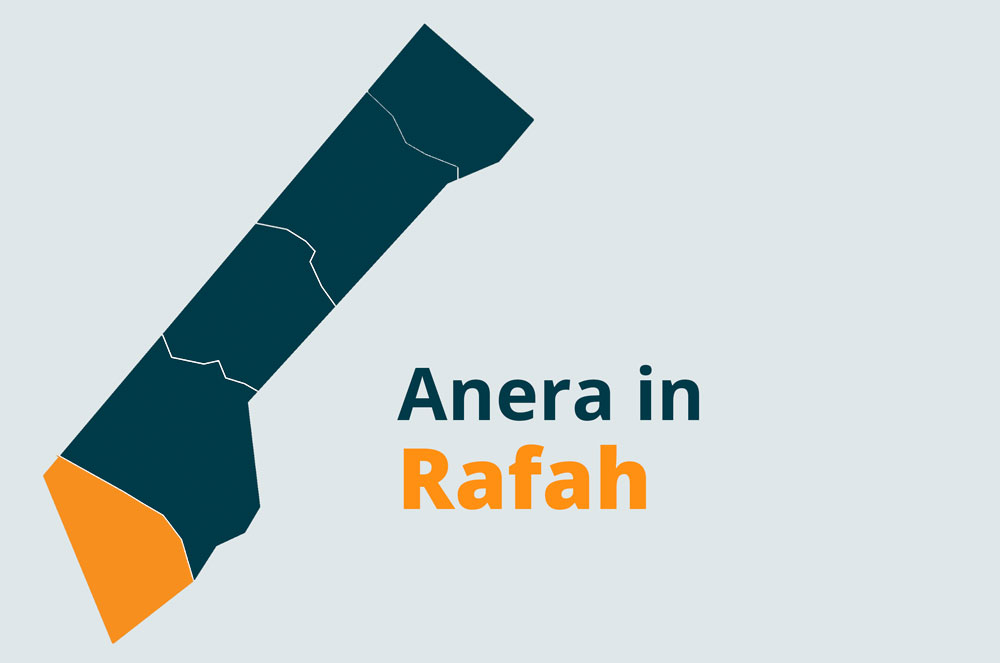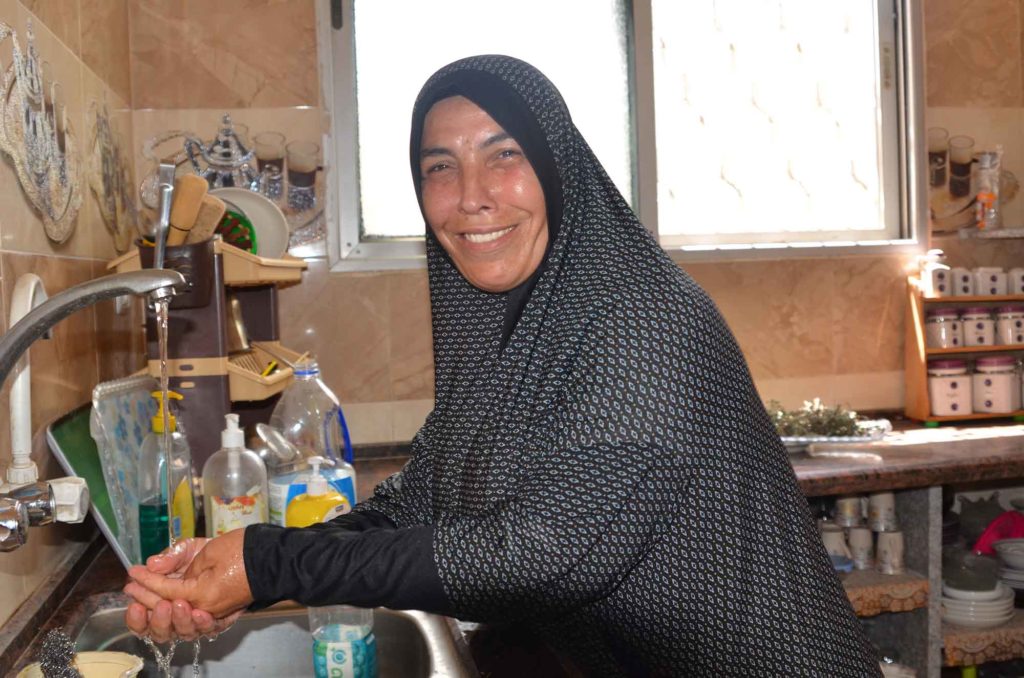Dec, 2017
The water well of Beit Hanoun is one of the oldest wells in northern Gaza, serving 10,000+ people from the nearby community.
Until recently, the smell of sewage was inescapable in the alleys of the northern Gaza town of Beit Hanoun. Add this to Gaza’s constant power cuts and unreliable water supply, and life can be a real misery for the town’s residents.
Nadia is a mother of four children who lives in Beit Hanoun. Her neighborhood suffered from water scarcity. The Gaza water supply wasn’t stable and water pumps were weak, making it difficult to access. The rusty old washing machine she kept on her rooftop was abandoned for years because, without water, there was no need for it. These poor conditions led to her perpetual worries over the health of her family.
“We live in an isolated area and sometimes water suppliers are unable to reach us. So, we used to fetch water with donkey carts, filling up gallons and gallons from faraway places,” explains Nadia. “It was tough. ”
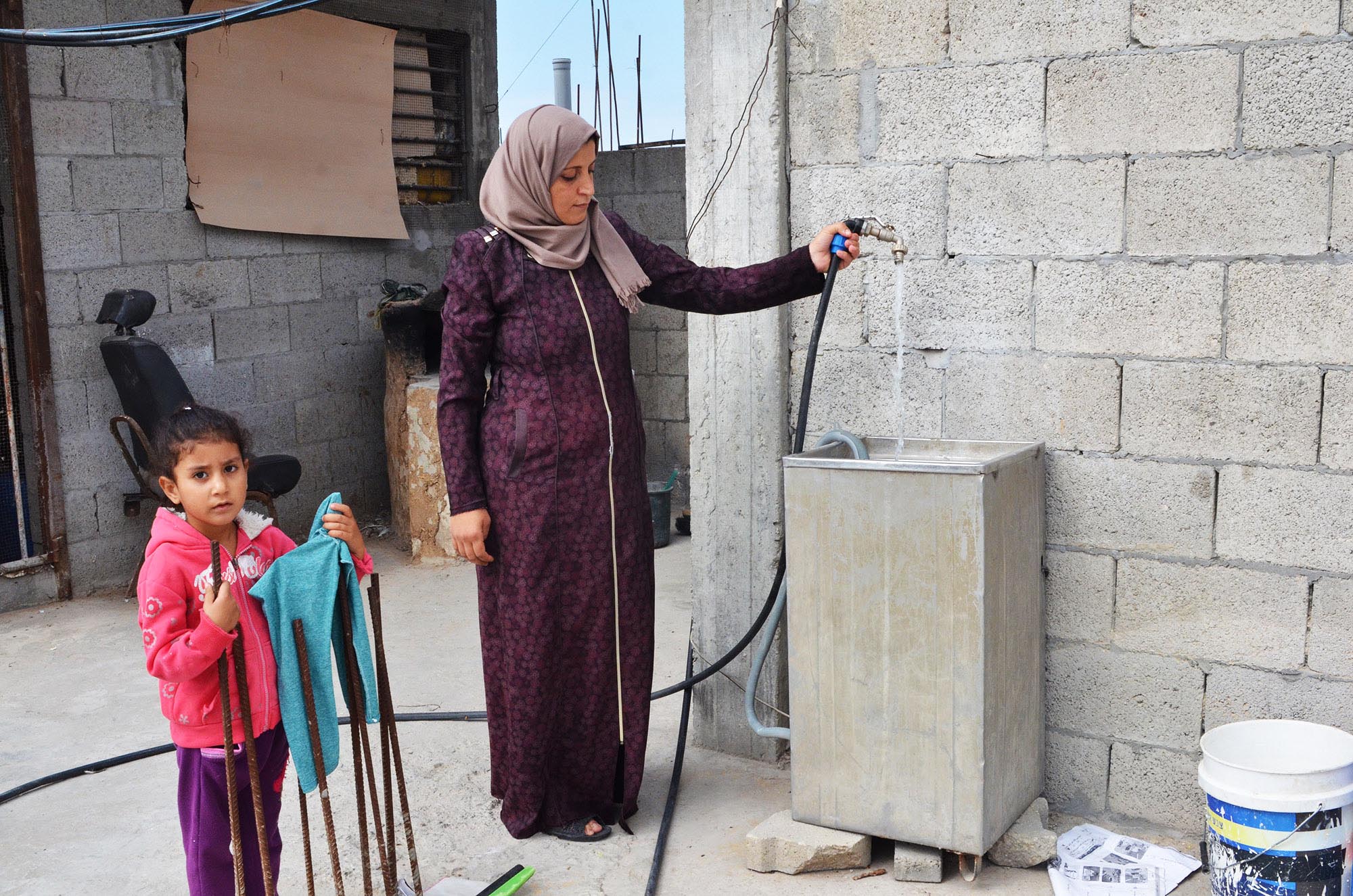

Gaza has long suffered from water scarcity, and what little water exists is often inaccessible or too polluted for human consumption. The majority of water is supplied through wells, but the wells tend to be in poor shape, needing major rehabilitation. Any disruptions to the flow of a single well can immediately affect water supplies throughout Gaza, causing health hazards.
Nadia knows that without water, it’s nearly impossible to maintain good hygiene. That’s why she learned how to make detergent using salt, soya, foam, and different scents.
During the 2014 war in Gaza, Nadia was displaced from her home as the area was heavily bombed. To keep her family afloat during that uncertain time, she made money from selling her detergents for laundry and other chores. Relatives and neighbors encouraged her and became loyal customers. “Cleaning detergents can be un-affordable for people like us who are barely getting by.”
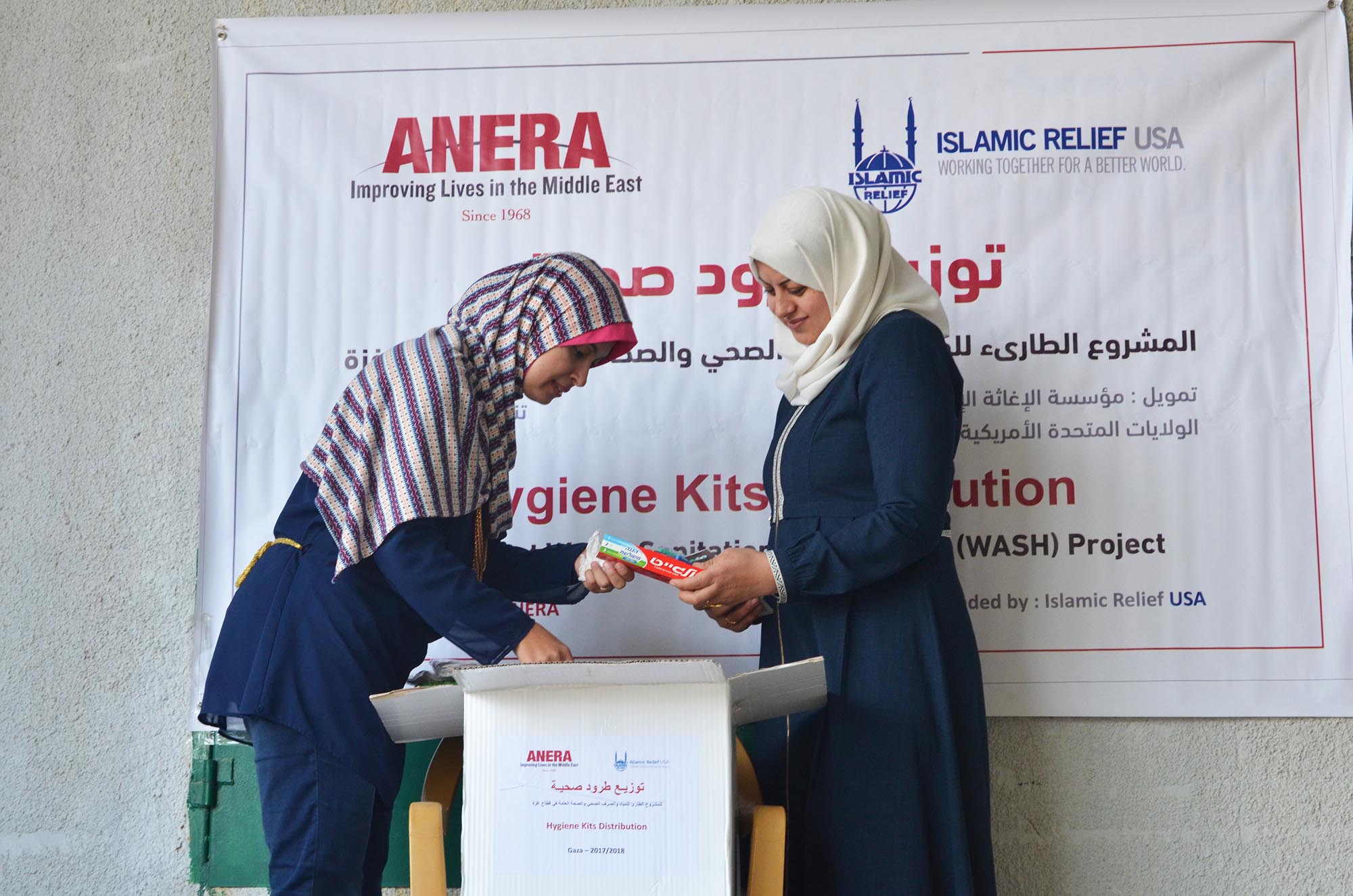

Water Comes to Beit Hanoun
The water well of Beit Hanoun is one of the oldest wells in northern Gaza, serving 10,000+ people from the nearby community. Many wells were damaged during the 2014 war and few were fixed. But the well of Beit Hanoun serves the largest community and it was in urgent need of rehabilitation until Anera stepped in.
The old well was excavated, but lacked adequate capacity to operate. “The well had been sitting in an unfinished room vulnerable to frequent vandalism,” says Sami Matter, Anera engineer. Anera -- thanks to funding from IRUSA -- rehabilitated the well, improving the quality and quantity of water flowing to Beit Hanoun neighborhoods. “It used to generate 1,000 gallons of water per day, but now it produces more than twice that amount on a daily basis,” added Sami. The project helped to control and maintain an even water distribution on regular schedules and it enhanced the well’s efficiency through the installment of electrical networks and a chloride system to match World Health Organization (WHO) standards. Construction lasted five weeks and Anera hired 300 Gaza workers.
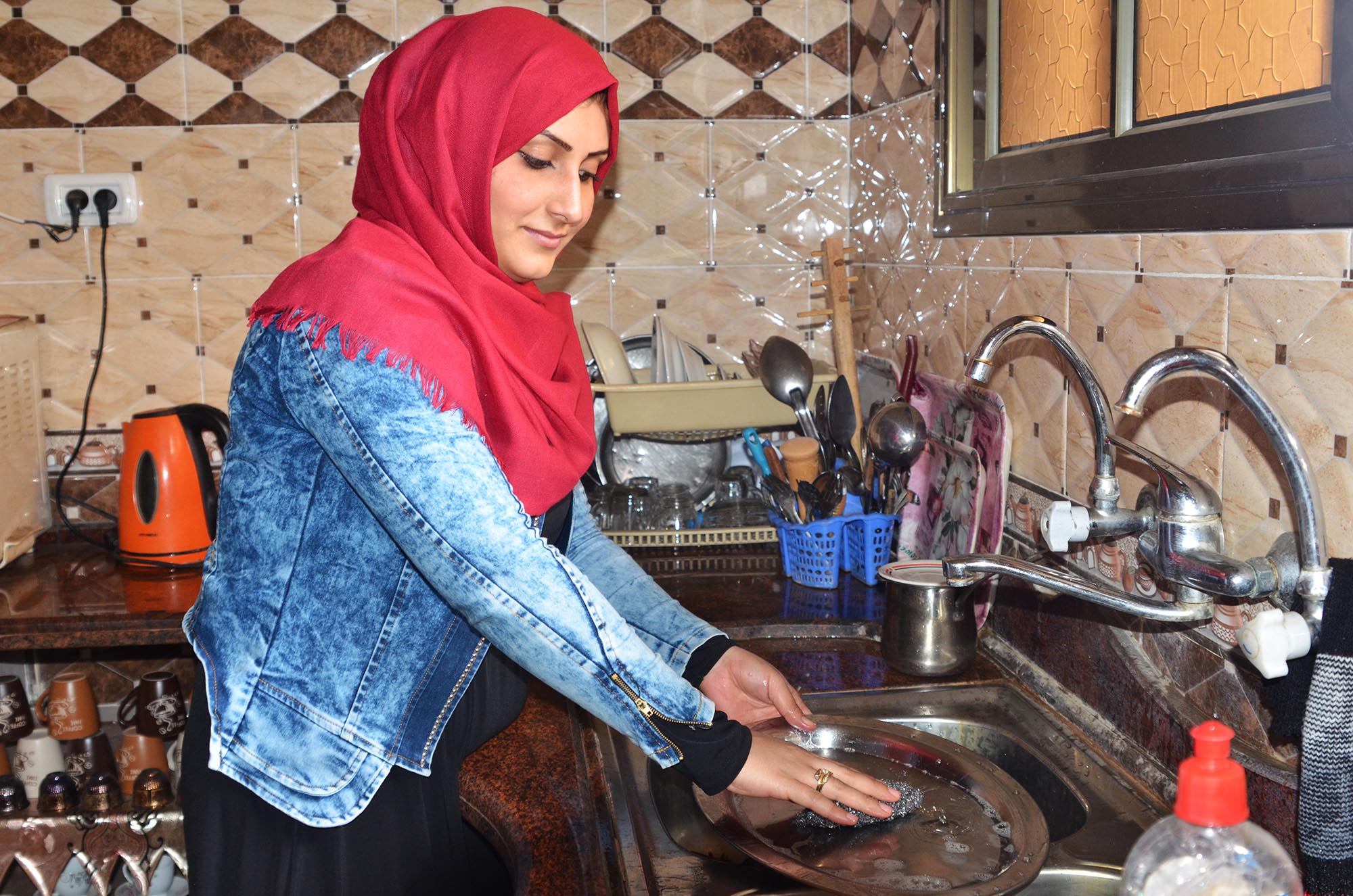

The Anera and IR-USA WASH partnership has reached 45,000 people directly and over 200,000 in the surrounding communities. The project has also included 100 health awareness sessions and the distribution of 5,000 hygiene kits and informational brochures.

